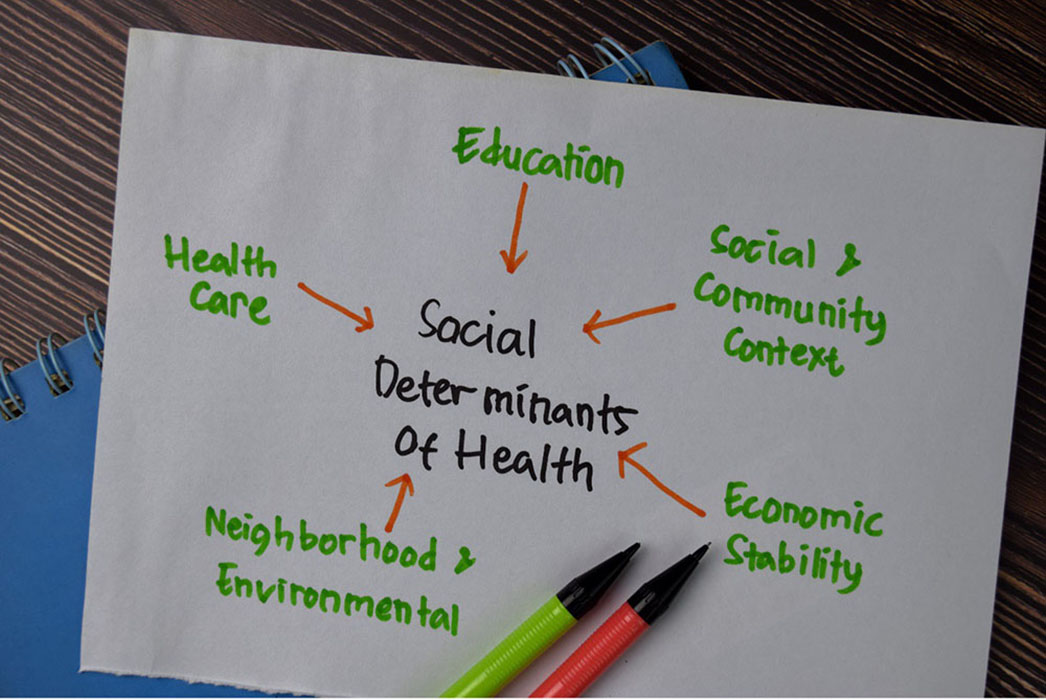More than 2 out of 5 people in the United States live in a concentrated poverty area with limited access to health-promoting resources and services, National Institute of Nursing Research (NINR) Director Shannon N. Zenk, PhD, MPH, RN, said in a 2023 blog post with National Institute on Minority Health and Health Disparities Director Eliseo J. Pérez-Stable, MD. “Research shows people living in concentrated poverty areas have poorer health outcomes across a wide range of diseases and conditions and are also more likely to die than those living in other areas.”
Through the National Institutes of Health’s (NIH’s) Social Determinants of Health (SDOH) Research Coordinating Committee, NINR is funding nurse scientist–led research to “propel discoveries to improve individual and population health, reduce health disparities, and advance health equity.” Zenk and Pérez-Stable serve as the committee’s co-chairs.
To achieve its ultimate goal to “accelerate SDOH research across NIH, diseases and conditions, populations, life courses, and SDOH domains,” the committee defined four objectives:
- Facilitate sharing of information about SDOH research across NIH and with federal partners.
- Develop SDOH expertise, capacity, and a learning system at NIH.
- Build community and collaborations in SDOH research across NIH and with Federal partners.
- Identify gaps and promising SDOH research directions.
More than 20 NIH institutes, centers, and offices participate in the SDOH Research Coordinating Committee, including NINR.
SDOH is one of NINR’s five research lenses “that best leverage the strengths of nursing research and promote multilevel approaches, cross-disciplinary and -sectoral collaboration, and community engagement in research.” In total, 26% of NINR’s funding is awarded to SDOH research, and it ranks third among the NIH budget percentage.
“Nursing research is needed that identifies and develops interventions delivered at the right place and the right time to target SDOH, building on NINR’s ongoing investment in this area,” according to the institute’s research framework. “Research through this lens aims to discover creative solutions powerful enough to address upstream and midstream causes of positive and negative health outcomes and that identifies how to limit exposure to adverse social and economic conditions and circumstances and susceptibility to biological embedding of SDOH over the life course and across generations.”






